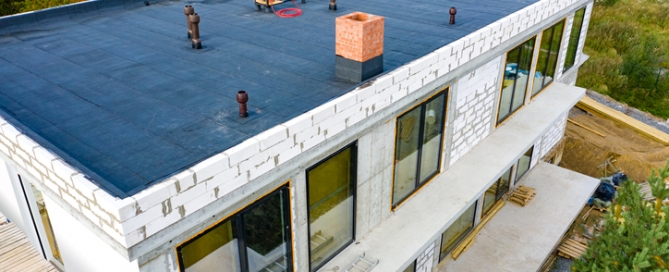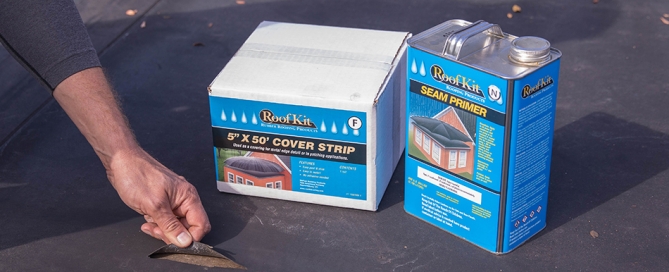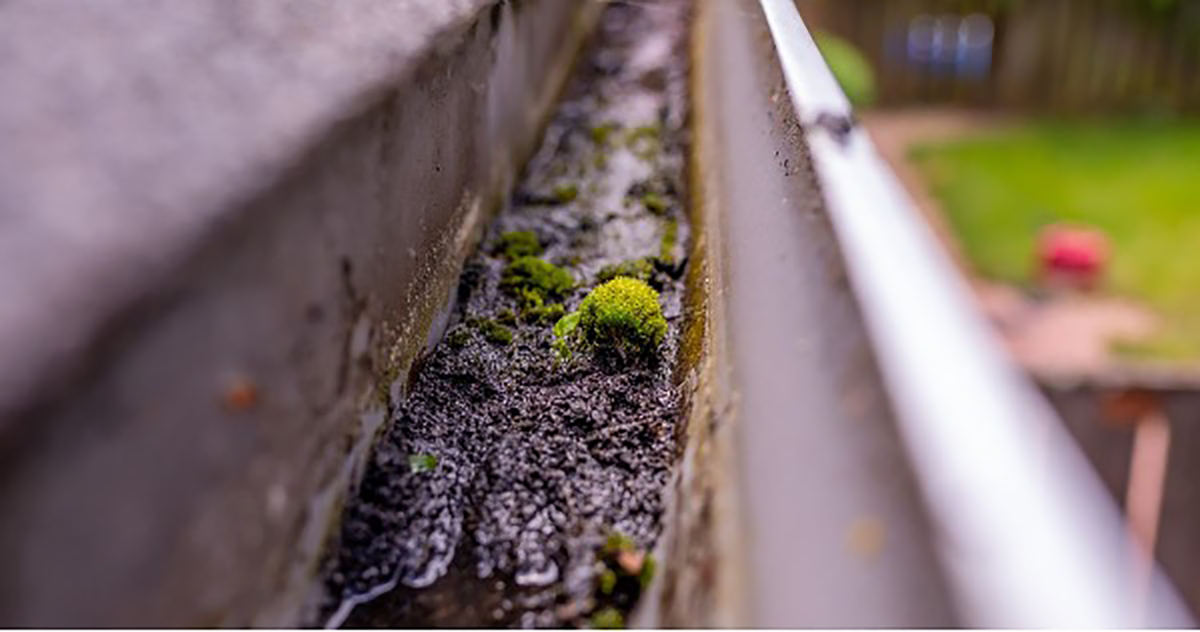EPDM vs. Other Roofing Membranes: Which Lasts the Longest?
Choosing the right roofing membrane for a property is crucial for homeowners or building owners. The longevity of the roof can affect maintenance and repair costs in the long run. With so many options available, it’s important to understand which roofing membrane lasts the longest.
How do ethylene propylene diene monomer (EPDM) roofing membranes compare to other options? Comparing EPDM to other roofing membranes is important to determine which lasts the longest and which is right for your roof.
EPDM Roofing Membrane
EPDM roofing membranes consist of a synthetic rubber compound, ethylene and propylene, which come from oil and natural gas. This material is durable and versatile, making it one of the most popular choices for residential and commercial roofing. EPDM roofs are ideal for all types of climates because they are resistant to UV rays, ozone, and extreme weather conditions. Their flexibility and ability to withstand temperature fluctuations ensure long-term performance and reliability.
TPO Roofing Membrane
Thermoplastic polyolefin (TPO) roofing membranes combine plastic and rubber polymers, typically reinforced with fiberglass or polyester, for added strength and durability. These roofs have great energy efficiency, as they reflect heat and UV rays, and reduce cooling costs for buildings in warm, sunny climates.
TPO membranes are available in a variety of colors, including reflective white, which reduces heat absorption. In addition, TPO membranes resist punctures, tears, and some chemicals, making them practical for commercial and residential buildings.
PVC Roofing Membrane
Polyvinyl chloride (PVC) roofing membranes consist of a single layer of lightweight plastic that is flexible and easy to install. These membranes are durable and resist exposure to chemicals, grease, and oils, making them excellent for industrial buildings, restaurants, and facilities.
Despite being slightly more rigid than EPDM, PVC membranes provide reliable performance in a range of environments.
Long-Lasting Performance
EPDM roofing membranes are the most durable option when compared to TPO and PVC. With proper installation, routine inspections, and regular maintenance, EPDM roofs can last 30 years or longer! TPO and PVC roofing membranes, while still durable, can have a shorter lifespan. The longevity of an EPDM roofing membrane makes it a worthwhile investment for property owners looking for a low-maintenance, long-term solution.
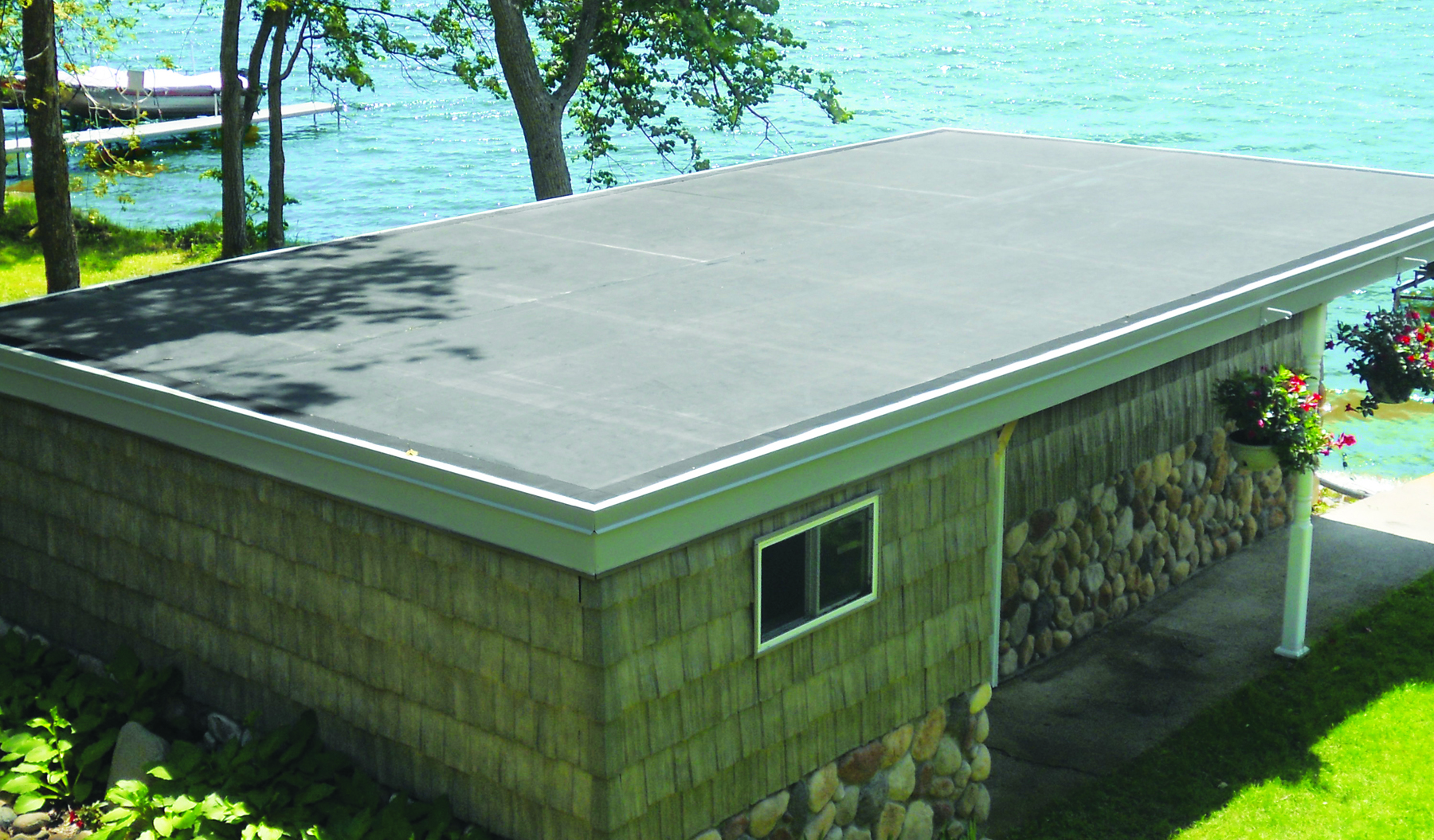
Easy Maintenance
EPDM roofs have lower maintenance needs than TPO and PVC membranes. Thanks to their thicker material and inherent strength, they are less prone to punctures, tears, or damage caused by environmental factors. This reduces the frequency of repairs and ensures a hassle-free experience for property owners. In contrast, TPO and PVC roofing membranes may require more regular inspections and upkeep.
Low Cost
EPDM roofing membranes are cost-effective because they perform well over time. Plus, their lower upfront cost makes them appealing for budget-conscious property owners. Their long lifespan further enhances their value by reducing the need for replacements.
In comparison, TPO and PVC membranes have higher initial costs and may require more skilled labor for installation, increasing the expense. If you’re seeking a durable and economical roofing membrane, EPDM is a clear winner.
Great Flexibility
One of EPDM’s standout features is its exceptional flexibility. The material can expand and contract with temperature changes and won’t crack or lose its integrity. EPDM membranes are suitable for buildings in regions where temperature fluctuations can cause stress on the roof. EPDM roofs maintain their performance and reliability in different weather conditions, whether it’s freezing winters or scorching summers.
Energy Efficiency
EPDM roofing membranes improve a building’s energy efficiency by absorbing solar heat and reducing heating costs. They are available in both black and white varieties, and the white version offers higher solar reflection. While TPO and PVC also have UV reflective properties, EPDM’s wider availability and great performance make it popular among energy-conscious property owners.
Damage Resistance
EPDM roofs resist damage from the elements, making them one of the most durable options on the market. They can keep a roof intact for decades, even in harsh environments. While TPO and PVC offer some durability, they are generally less robust in the long run than EPDM.
Installation Process
The installation process for EPDM membranes is straightforward, often requiring fewer tools and less time than other roofing membranes. DIY homeowners and professionals can install EPDM membranes quickly and efficiently, minimizing disruption to occupants on the property. TPO and PVC, on the other hand, may require more skilled labor and specialized equipment due to their thinner material and complex installation techniques.
Low Environmental Impact
EPDM roofing membranes are recyclable at the end of their lifespan, which reduces waste and contributes to sustainability efforts. Additionally, EPDM’s long lifespan reduces the frequency of replacements, further minimizing environmental impact. In contrast, TPO and PVC membranes are not biodegradable, and disposal can contribute to landfill waste.
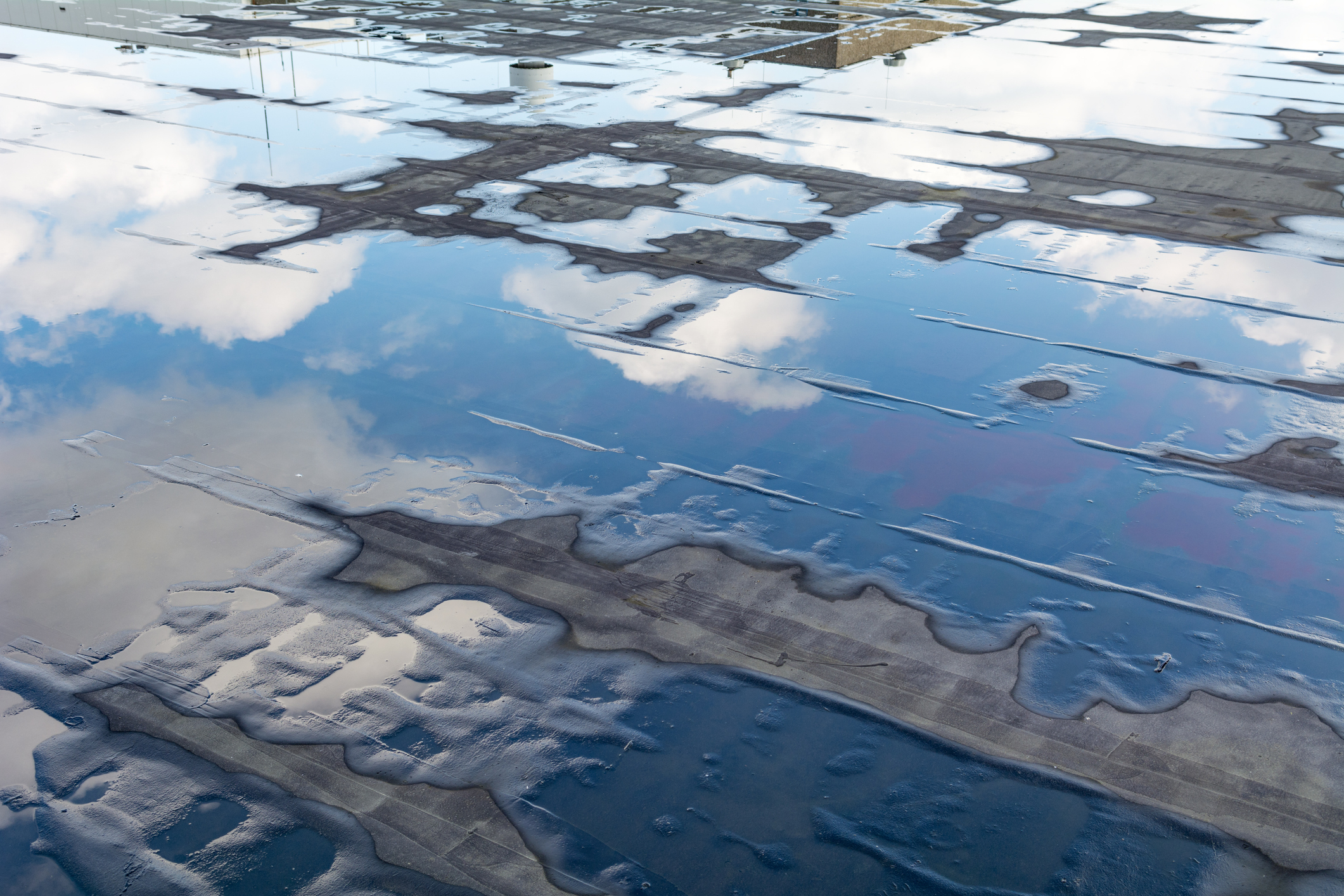
Properly installed EPDM roofing will resist pooling water as shown here
Pooling water can reduce the lifespan of a flat roof.
Resistance to Pooling Water
EPDM roofs resist issues related to pooling water, which is a common issue for flat or low-sloped roofs. The membrane remains intact, even when water sits on the surface for extended periods. Pooling water can damage less durable materials, leading to leaks and structural issues. EPDM’s ability to withstand the effects of sitting water makes it a reliable choice for buildings with flat roofs.
Ease of Repairs
In the event of damage or leaks, EPDM roofs are easy to repair. DIY homeowners or professionals can patch damaged sections without replacing the entire membrane, saving time and money for the property owner. TPO and PVC roofs, may require partial or full replacements because they are thinner, which can increase costs. EPDM’s ease of maintenance and repair contributes to its reputation as a practical and cost-effective roofing membrane.
After comparing EPDM to other roofing membranes to determine which lasts the longest, EPDM is the clear winner. Its durability, cost-effectiveness, and low maintenance make it a reliable choice for homeowners and building owners alike. If you want rubber roofing for flat roofs that can stand the test of time, let RoofKit Roofing help with our EPDM membranes! You’ll get the long-lasting protection you want!
RoofKit Roofing Products are available online here or at Lowe’s.

